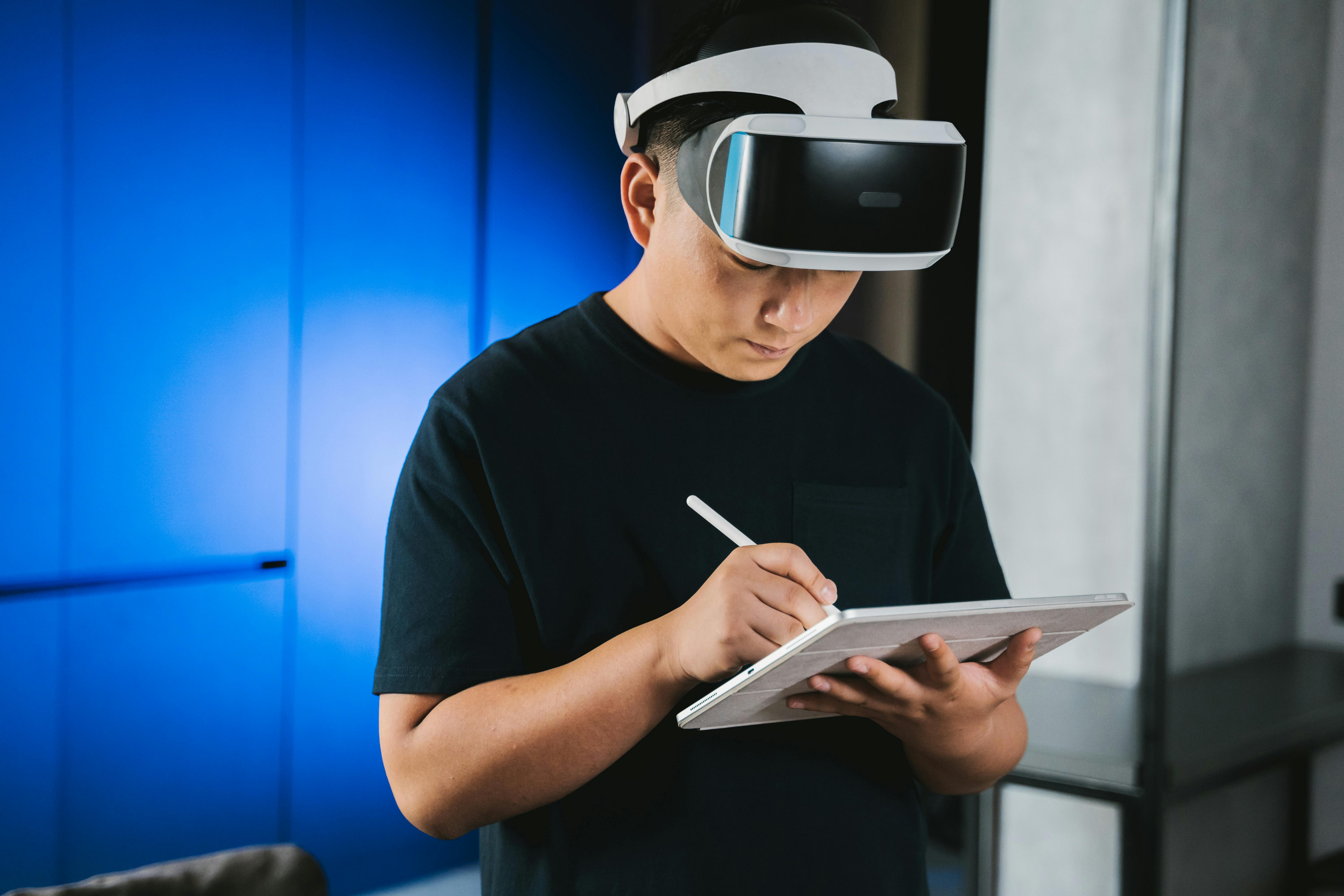Low-tech ways to adapt writing tools for students with special needs
Over the past few years, I’ve learned about many no-tech or low-tech assistive technology devices that can help me with this task.
pen settings
Some of my students need something as simple as an adapted writing utensil. To accomplish this, we use pencil grips, pencil weights, pencils stuck in a tennis ball, chalk holders, and even use Velcro to attach a writing utensil to a glove or mitt. You can also create your own custom pencil grip using Crayola Model magic. You can shape it to suit your student’s needs, when dry it is very light and the student can use markers or paint to color it.
Embossed lines on paper
Other students may need adapted paper with raised lines, larger spaces, or different colored lines. A great way to add raised lines to any paper is to use Wikki sticks or, more recently popular, Bendaroos. These are simply strings covered in different colored wax to make sticks. You can stick a Bendaroo to a sheet of paper and you have instant raised lines. These cool sticks have so many other uses too, like circling or underlining words, outlining a space for coloring, or holding a student’s paper on her desk.
Slanted writing surfaces
Students can also benefit from having a sloped writing surface. This can be achieved by purchasing a slanted board, although a less expensive option is to use a 3-ring binder laid on its side. You can add a clip to the binder with hot glue so the paper stays in place.
Word and Computer Magnets for the Classroom
I also have students who cannot maneuver a writing utensil in the way necessary to write a letter, much less complete words. These students sometimes use pre-made words on magnets or index cards to manipulate them into sentences. They can also use letter or word stamps to make their sentences. I will also work with students on the classroom computer using Word to write a simple sentence.
Gaze and Alphabet Flipchart
Another option for students who may have complex physical needs is to use their eyes and someone to act as a scribe to write their words and sentences. This can be achieved by using an alphabetic flipchart. The table should have approximately 5 letters (more or less depending on the ability of the student) per page. The student can use her gaze to show the scribe which letter she would like or press a switch to say “please turn the page” until she finds the letter she needs.
